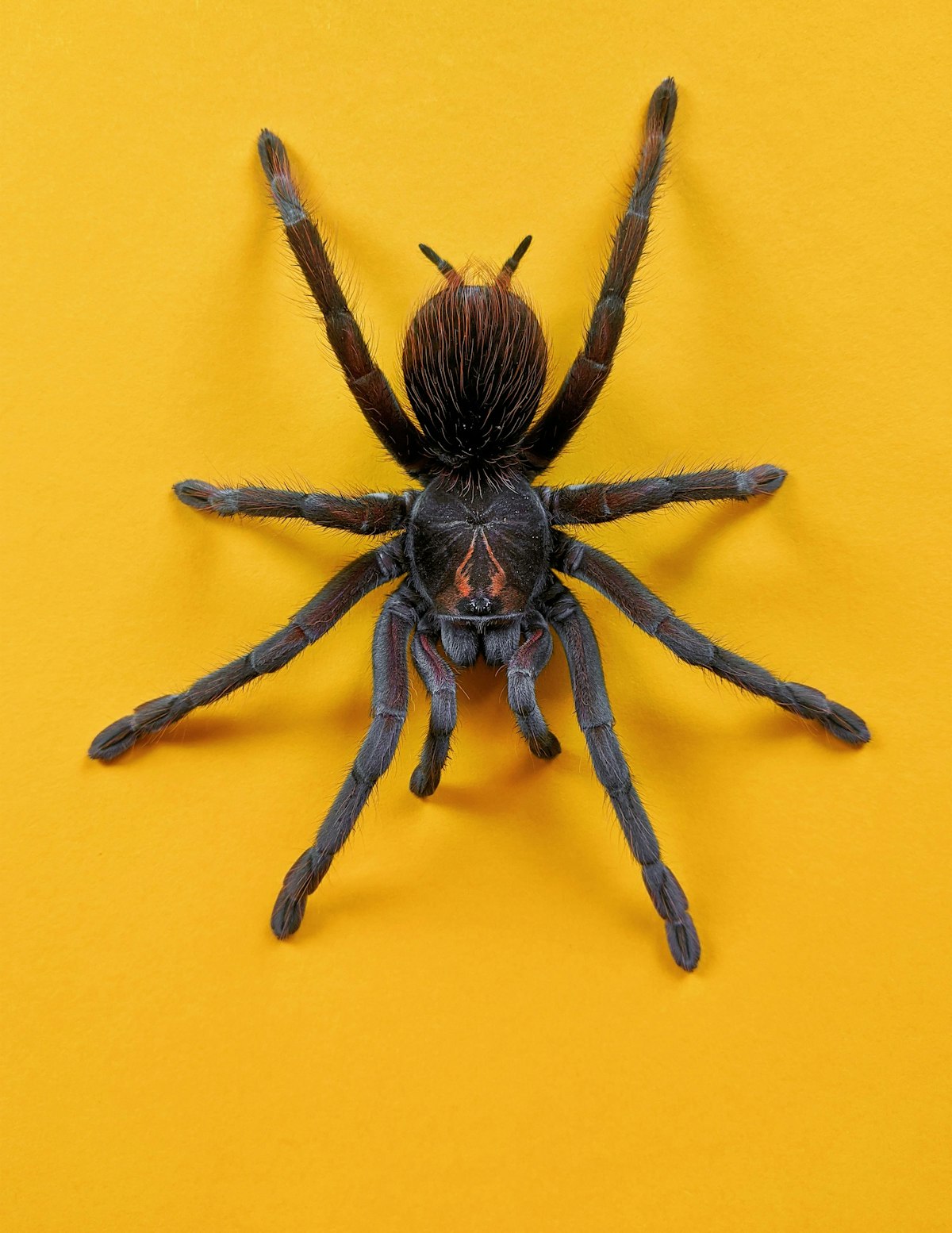Fear as the black widow spiders detected in Yucatan
The black widow spider is already a "non grata" inhabitant in Yucatan and although its presence in Mayan soil has been confirmed.

The black widow spider is already a "non grata" inhabitant in Yucatan and although its presence in Mayan soil has been confirmed, it does cause alarm every time a specimen is detected. The state began to speak more frequently about the black widow in mid-2018 when young people from Tekax reported seeing the insect and complaining about the indifference of the health authorities.
In August of last year, the Zoonoses Program of Health Services of Yucatan (SSY) reported that the presence of the black widow had been detected in the state for three years and that on average this insect attacks two Yucatecans years. It was also reported that it is mainly in the southern area of the entity where it lives.
Months later, in October, there was talk that Peto was full of the arachnid - the person in charge of the Zoonoses program of the Sanitary Jurisdiction number 3 alerted that this community was in the first place because of the presence of the dangerous insect.
It was indicated that the inhabitants had to learn to live with it and have certain care to avoid bites; that same month the Sanitary Jurisdiction No. 3 based in Ticul reported that an antidote was already available against the poison.
In other communities in the area, the presence of the black widow was also recorded. Peto was followed by Tahdziú and Tzucacab and just last Tuesday a specimen was detected in Espita.
Offspring by cocoon
According to the information provided to the petitioners when the alert was issued, a frightening fact was given to those who do not have difficulty in taking accounts: it was indicated that each time they do their cocoon, the female deposits 300 eggs on average. That is, assuming that the 300 new spiders deposited the same number of eggs, only the second generation will give rise to 90,000 and the third to nothing more and nothing less than 27 million, if all were females, of course, and if they reach the reproductive age.
Figures to fear
But in any case, the figure is to be feared if in each litter the number of females is equal to that of males. This year, of new account in Peto, in March, the finding of a specimen of the insect in a school was reported when cleaning employees performed work, and only this Tuesday, April 9, a new sighting occurred and again it was recommended to go to the nearest Health Center so that the antidote is applied in case of a bite.
Strong poison
According to information available on the National Geographic page, the bite of this spider is very feared because its venom is 15 times more powerful than that of the rattlesnake. In humans, it causes muscle pain, nausea, and paralysis of the diaphragm, which can make breathing difficult.
Lethality
Despite the fear that inspires and the literature that has generated the insect, it is indicated that most people do not suffer serious damage, let alone death and it is specified that the bite can only be lethal if it is suffered by small children, the elderly or sick. Fortunately, deaths are quite rare; spiders are not aggressive and only bite in self-defense. For example, when someone sits on top of them.
It is also known that black widows live in practically all continents, except Antarctica, and that the most common variety is in North America, especially in the United States and Mexico. The rest of the species can be found in a great diversity of environments and regions, such as North Africa, the Middle East, Asia, Europe, and Australia.
Ideal home
The ideal home of the spider is composed mainly of dry and dark areas, while in the winter they will look for warmer and more pleasant places. In the houses, the black widow searches for secluded and dark regions such as garages, basements, and closets.
Thus, before the inevitable "adoption" of the insect to Yucatan soil, because according to health authorities have also seen black widows in Valladolid, Tizimín, Tekit, Mérida, and now Espita, we must pay attention to the recommendation to "learn to live with it".




